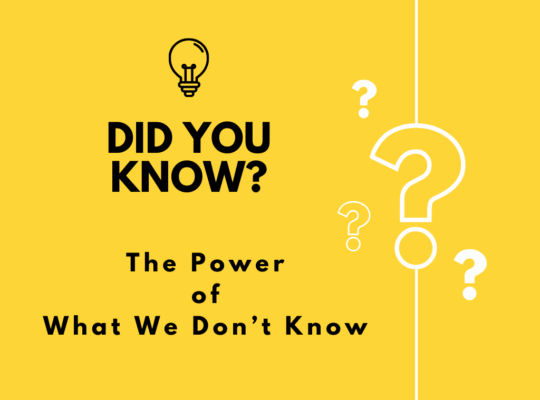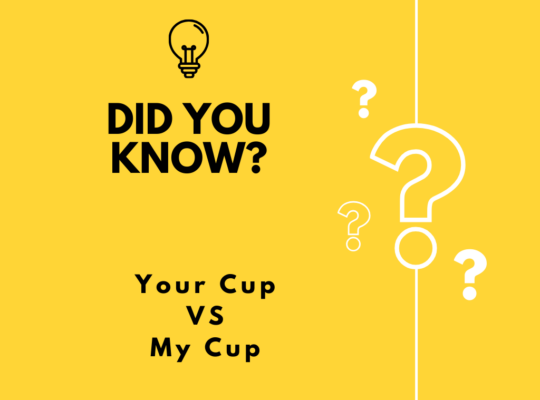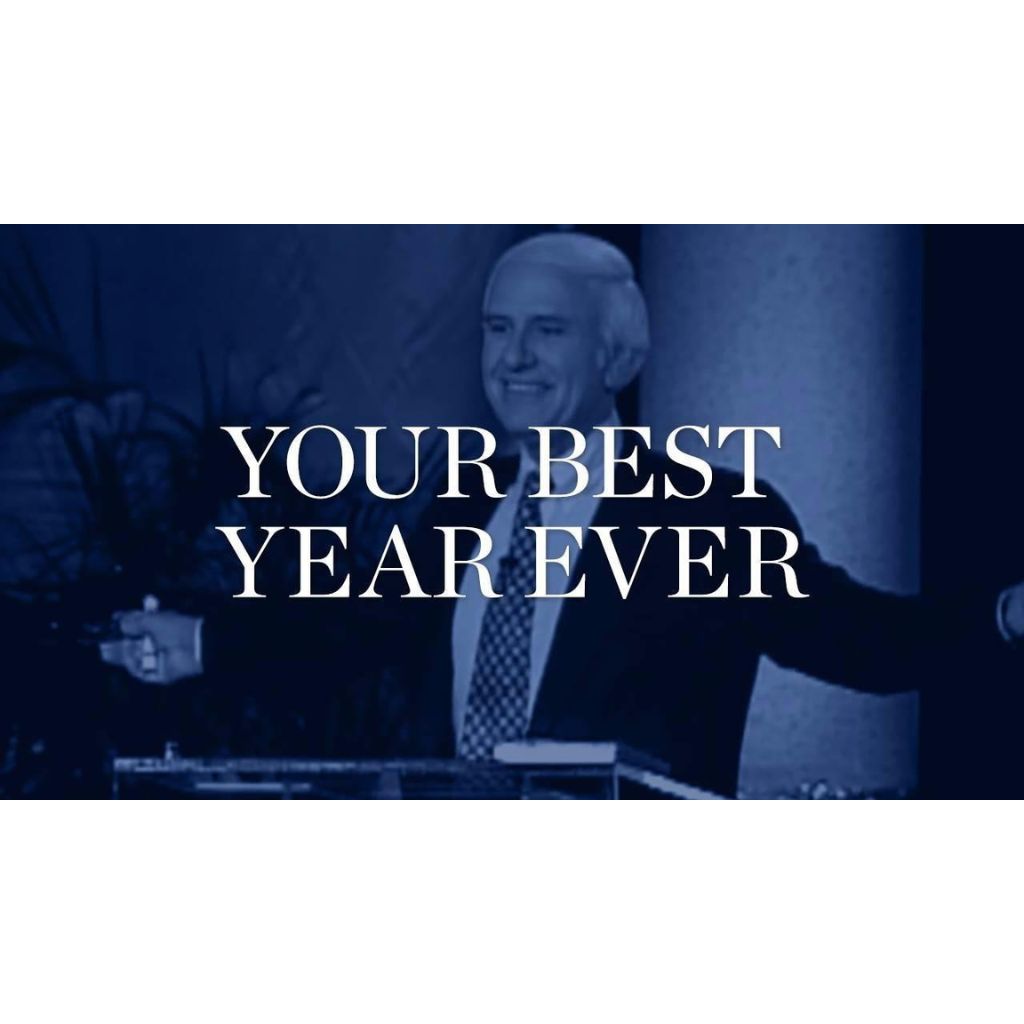Sometimes the most revealing moments about a company’s culture don’t show up in their ads—but in a single face-to-face interaction.
A Saturday That Started With Promise
It was a bright Saturday morning in Aliso Viejo when my wife and I stepped into the Tesla showroom, genuinely excited. She had done her homework—researching the lease trade-in process, confirming on Tesla’s own website that it was possible.
After smooth test drives of both the Model 3 and Model Y, she confidently chose the Model Y. We were the kind of customers sales teams hope for: informed, enthusiastic, and ready to buy.
The App, the Incentives, the Deposit
Tesla’s digital-first approach felt refreshingly modern. We used their app to configure the purchase, applied a student discount and referral bonus, and placed a $250 deposit. Everything was smooth and tech-forward.
And then came the moment everything turned.
The Moment “Professional” Turned Unprofessional
When we mentioned we’d be trading in our leased Mazda CX-9, the sales rep literally jumped from his chair—not out of excitement, but as if we had just asked something outrageous.
“Tesla doesn’t do leased car trade-ins!” he declared, his tone rising—not with concern, but frustration, almost as if we had done something wrong.
But here’s the issue: Tesla’s own website clearly states leased trade-ins are possible.
The Professionalism Paradox
This experience got me thinking about the word “professional.” We hear it all the time.
We’re “working professionals.” We attend “professional development” workshops.
But what does that actually mean when you’re face to face with a customer?
What Professionalism Should Look Like
A truly professional response might have been:
“I’m not immediately familiar with the lease trade-in process, but since our website indicates it’s possible, let me check with our finance team and get you accurate information.”
Instead, we got confusion, defensiveness, and the unspoken message that we were the problem for taking Tesla at their word.
A Glimpse Into the Training Gap
This wasn’t just about one person’s reaction—it pointed to a deeper issue.
If Tesla’s website promotes leased trade-ins, shouldn’t sales staff be prepared?
This isn’t an obscure situation. It’s a core customer use case.
Yet their frontline rep seemed blindsided—as if this was the first time anyone had brought it up.
The Ripple Effect No One Talks About
These moments don’t stay isolated. When we left that showroom, we weren’t just disappointed.
We were shaken. If Tesla can’t align basic messaging with internal knowledge, what other disconnects are there?
If this is how they handle pre-sales questions, what happens after we buy?
The Professional Standard We Should Expect
We’ve come to normalize mediocre service. We make excuses:
“They’re probably understaffed.”
“It’s just one person.”
“These things happen.”
But should we?
If a company positions itself as innovative and customer-obsessed, basic professional standards should be non-negotiable:
- Preparation: Know your company’s offerings.
- Composure: Respond with calm, not panic.
- Problem-Solving: Help, don’t deflect.
- Communication: Keep customers informed and respected.
- Follow-Through: Deliver what was promised—or fix it when it’s not.
The Real Cost of Unprofessionalism
Tesla didn’t just lose a potential sale that Saturday.
They lost trust. They triggered word-of-mouth damage.
They reminded us that for all their innovation, they still share the weakest link in the dealership chain: misaligned service.
And that’s what customers remember.
It’s Time We Redefine “Professional”
“Professional” shouldn’t be a buzzword.
Whether you’re selling EVs, consulting, or making coffee, professionalism is simple:
✅ Be competent.
✅ Be respectful.
✅ Take responsibility.
Not much else is needed. But when it’s missing, everything feels off.
The Tesla Story Continues…
We’re still likely to buy a Tesla. But this moment became a reminder:
Product innovation means little if service doesn’t keep up.
Sometimes, the most “disruptive” thing a company can do… is to simply deliver what they promise.
Have you ever faced a disconnect between a brand’s promises and their real-world service? I’d love to hear your story below.







